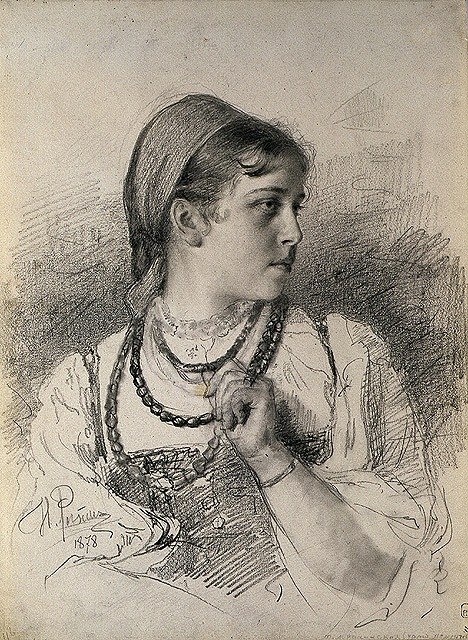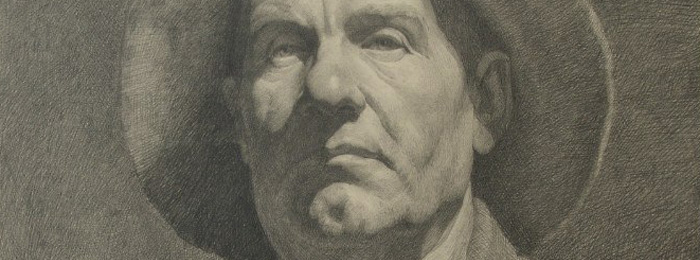Artwork by Steven, Drawing Academy student

Feedback from Vladimir London, Drawing Academy Tutor
Dear Steven,
I like your drawings! You are doing a great job drawing from life and copying classical busts. It is very good to study from classical sculptures.
I understand that you don’t have access to traditional galleries and museums with classical art. Nevertheless, making self-portraits and drawing your family members and friends is a great way to draw from life.
I would also suggest that you ask the people around you if they would be willing to have their portraits done free of charge, so you will have free models and they will receive something in exchange.
In regard to the portrait of the hero Meleager, it is very good; however, there some points you may want to consider:
1. Constructive drawing
I’m sure you have used virtual helping lines in the constructive drawing, such as the central vertical line of the face, the eye-line, the lines that form the base of the nose, the line of the mouth, etc. Such lines help to establish the proportions of the face and keep all facial features balanced and in the right places. Don’t be afraid to keep these lines visible throughout the drawing. They won’t spoil the look but, they will help you to keep the proportions in place even at later stages of drawing. With time and practice, you will learn how to keep such lines fairly invisible so they do not interfere with the appearance of the piece.
2. Outlining contours
Some art teachers say that there is no such thing as a line in nature, that we only have planes and surfaces which appear as lines at their edge. I do not disagree; however, do not disregard lines as very helpful elements for constructive drawing. At the same time, when rendering tonal values, you may want to soften some lines that are not as pronounced on the model as in your drawing. For example, some hair-curls might look more natural in your drawing if the outline were softened. This also can be said about the eyes, nose, and mouth outlines.
3. Gamut of pencil strokes
A wide gamut of strokes makes a piece more artistic and interesting. “Gamut” here means the variety of pencil marks – strong and soft, long and short, straight and curved, with varied pressure, in different directions, and so on. In your drawing, the background is done in strokes that go one direction, and with similar pressure and equal stroke lengths. Next time, you may consider a wider gamut for such areas. To learn tasteful and attractive rendering patterns, you may search online for some of the drawings by the Old Masters, as well as those of contemporary artists with strong drawing skills. You can see below some drawings by Russian students and artists of the 19th & 20th centuries. You can check what pencil strokes they applied in portrait drawing.


4. Rendering along contours
When you render shades, try to make your pencil strokes go in the direction of contours. Contour is not the same as an outline. Any object has an infinite number of contours. Hatching along these contours helps to reveal the three-dimensional nature of an object on the flat surface of an work of art. You may check the following video that describes what contours are and how use them in chapter 10 – “Define the contours of geometric and organic objects“:
//drawingacademy.com/help-i-cant-draw
5. Tonal gradations
Some areas in your portraits would benefit from softer and more gradual rendering. There is a good exercise you may practice, described in chapter 11 of the same video – //drawingacademy.com/help-i-cant-draw “Rendering tonal values“. I would suggest that you train your hand by shading rectangular gradients, as advised in this chapter.
Keep doing sketches from life and nature.
Please let me know if you have any questions, I will be happy to help.
To your creative success,
Vladimir










